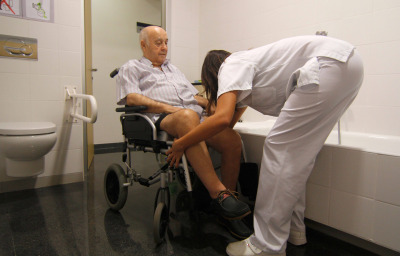
Globally, the prevalence of Parkinson disease (PD) has doubled in the past 25 years with global estimates in 2019 showing over 8.5 million individuals living with PD. Disability and death due to PD are increasing faster than for any other neurological disorder.
Current estimates suggest that, in 2019, PD resulted in 5.8 million disability-adjusted life years, an increase of 81% since 2000, and caused 329,000 deaths, an increase of over 100% since 2000.
PD is a degenerative condition of the brain associated with motor symptoms (slow movement, tremor, rigidity, and walking imbalance) and a wide variety of non-motor complications (cognitive impairment, mental health disorders, pain and other sensory disturbances). Motor impairments, including involuntary movements (dyskinesias) and painful involuntary muscle contractions (dystonias) contribute to limitations in speech, mobility and thus restrictions in many areas of life. Progression of these symptoms and complications markedly decrease functioning and quality of life which result in high rates of disability and care requirements as well as stress and burden of carers.
Despite the significant impact of PD, there is inequality in the availability of resources and services to provide treatment and care especially in low- and middle-income countries (LMIC). The WHO Neurology Atlas (2017) provides estimates of 0.03 neurologists per 100 000 population in low-income countries and 4.75 per 100 000 population in high-income countries.
In line with the Intersectoral global action plan on epilepsy and other neurological disorders (A75/10 Add.4), a technical brief entitled “Parkinson disease: a public health approach” is published today. The technical brief outlines the global burden, treatment gaps, crucial areas for intervention in PD and several areas for action, including:
- global health policies to implement strategies focused on PD;
- prevention and reduction of risks for PD including education and awareness;
- assured access to treatment and care, including access to, and education of, an interdisciplinary workforce trained in neurological disorders; and
- delivery of services and the management of PD at various levels of health systems.
The technical brief is based on evidence from a WHO-commissioned literature review, consultation with international PD experts and includes consideration for the policy, implementation and research agenda for PD with a focus on LMIC. This brief is targeted to policymakers, health programme managers and planners, health-care providers, researchers, people with PD, carers and other stakeholders.








